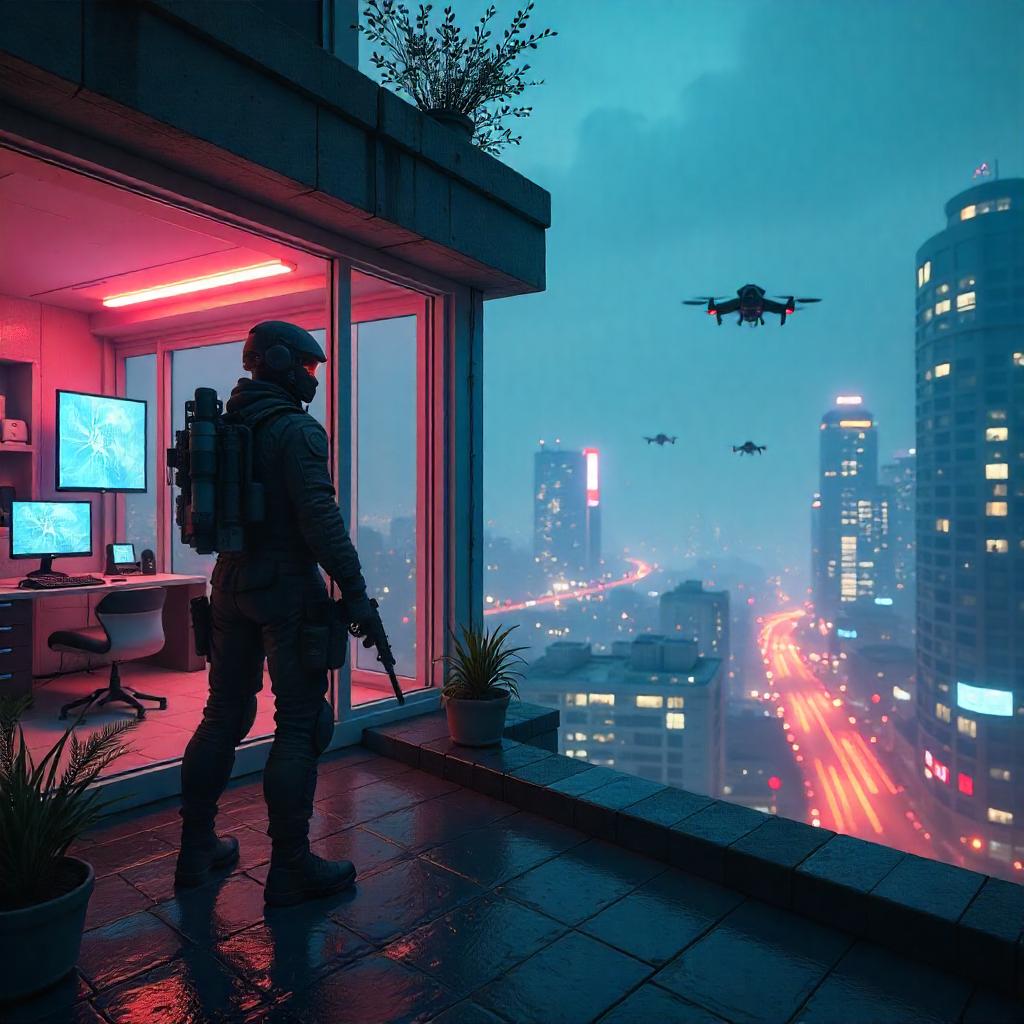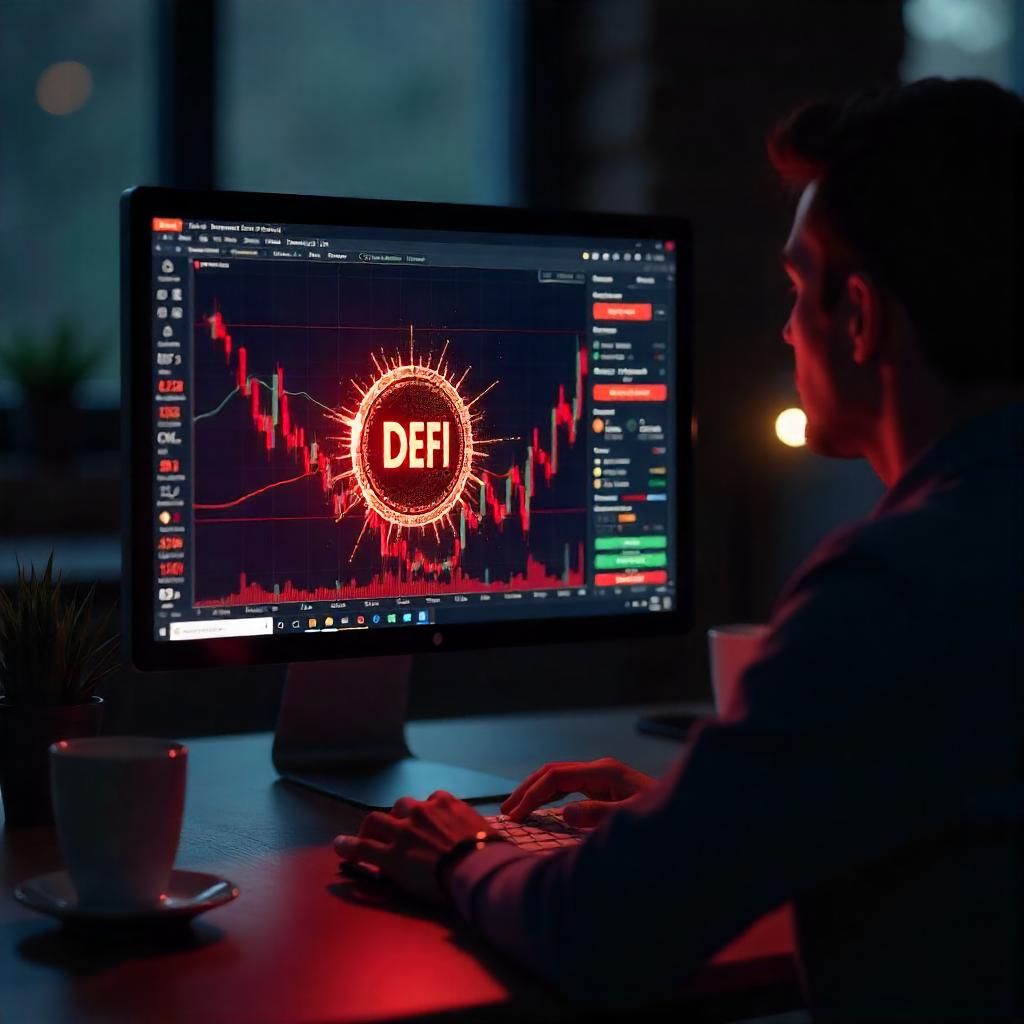What Are BAD Renderings NFTs?
The BAD Renderings NFT drop unlocks FPS game access for each buyer. Each token is more than digital art—it’s a unique home base within a virtual city. These NFT homes vary in layout and architecture. Some resemble cyberpunk lofts, others post-apocalyptic ruins. Beyond visuals, they serve as portals into an active 3D FPS world. Buyers don’t wait for future promises. Access is live now. The game engine loads directly from a browser, requiring no third-party wallet connection or crypto knowledge.
This fresh model fuses NFTs with native in-game function. Players move between real estate lots, battle within arenas, and build reputations tied to their NFT ID. It’s utility-first design in a space dominated by speculation-driven JPEG drops. Each home is a weapon cache, player hub, and identity anchor all in one. It’s also tradable and upgradable. The BAD Renderings ecosystem uses Ethereum-based smart contracts, ensuring scarcity and verifiability.
The BAD Neighborhood Metaverse
At the heart of the experience is the BAD Neighborhood, a shared metaverse stitched together by NFT ownership. Each NFT unlocks a specific location in this FPS-capable world. It’s not just cosmetic terrain—it shapes gameplay. Homes placed at higher elevations offer sniper advantages. Densely packed alleys turn into close-combat zones. The project’s design ensures that environment isn’t just scenery, it’s a strategic asset.
In Q3 2025, developers rolled out a test-net arena event with over 3,000 active wallets logging matches. The metaverse operates on a layer-2 scaling solution to reduce Ethereum gas costs, ensuring seamless game state changes and quick NFT-based upgrades. Players can swap interiors, craft player skins, and stake their NFTs to unlock rare weapons or aesthetics. All this activity is recorded on-chain, preserving transparency.
The FPS Gameplay Integration
Unlike most NFT-based games that promise a future release, BAD Renderings delivers now. The FPS engine integrates directly with your browser. Using WebAssembly and Unity WebGL, it enables high-frame-rate performance on mid-tier devices. Early playtests revealed tight shooting mechanics, map balance, and fluid character motion. What sets this apart is how gameplay data maps back to NFT status. Win streaks, PvP ranking, and co-op accomplishments update a player’s NFT metadata in real-time.
This fusion of play-to-earn and identity building reimagines NFT gaming. Owning a BAD home isn’t just about the visual—it reflects your in-game achievements. And because the game is live, there’s no vaporware risk. New map zones will unlock via community vote among holders, establishing a governance layer over time. Developers confirmed that future updates—like ranked ladders or team-based battles—will all be accessible without any new token requirements.
Five Years in the Making
BAD Renderings was first teased in 2020, at the height of the initial NFT boom. But unlike quick-launch cash grabs, this project took five years of private development. Built by a team of 11 indie developers and 3D artists, it remained intentionally stealthy until a playable alpha could launch. This extended build cycle ensured security audits, scalable backend infrastructure, and native wallet integrations were in place before mint.
Every home design passed multiple concept and texture iterations. Developers even used Blender and Unreal Engine to stress test lighting and reflection dynamics. In June 2025, a closed pre-sale went live for early supporters and whitelisted wallets, selling 7,000 NFTs in under 11 hours. The public sale, hosted on Manifold and OpenSea, minted out the remaining 20,000 items in under 36 hours. Each mint included instant browser access and an invite to private Discord game lobbies.
Developer Vision & Roadmap
The dev team, operating under the pseudonym “DRIPR Collective,” outlined an ambitious roadmap focused on persistent user experience, not hype cycles. Post-launch, they plan to roll out seasonal content drops, community-designed weapons, and localized multiplayer hubs. The first roadmap milestone, called “BLOCKLOCK,” will let players barricade or modify their NFT homes in real time—adding structural gameplay impact. By Q1 2026, cross-chain NFT interoperability with Polygon and Avalanche is slated, allowing multi-chain users to stake homes or access shared lobbies.
Beyond gameplay, they aim to integrate creator monetization. 3D artists will be able to design and mint decor packs, while musicians can license tracks that play within a holder’s home base. This blend of gaming and UGC means BAD Renderings could evolve beyond a shooter—it could become a micro-metaverse powered by community mods. Transparency is core to their ethos. All updates are tracked on GitHub and roadmap milestones use verifiable zk-proofs for delivery audits.
Is It Worth the Hype? NFT Gaming Trends & Context
In Q2 2025, NFT transaction volume fell 45% compared to the previous quarter, yet gaming NFTs saw a 78% spike in sales according to CryptoSlam. This signals that users are abandoning speculative art drops in favor of interactive utility. BAD Renderings lands squarely in this realignment. Unlike rug-pull projects like Pixelmon or “roadmap-only” promises like MechaVerse, BAD offers a live, usable product. According to Chainplay’s June 2025 gaming index, 67% of NFT gamers now prioritize in-game performance over potential ROI.
The FPS genre also commands a sizable Web3 market. Titles like EV.io and Shrapnel have paved the way, but few integrate NFTs as deeply as BAD Renderings. Instead of selling skins or badges, it lets your NFT own the environment—blurring identity and function. Most importantly, gameplay is smooth. Frame rate remains stable above 60fps in most browser tests, and asset compression tech ensures low latency. This tech focus gives it a rare edge in the NFT gaming space.
Pros & Cons for Gamers and NFT Enthusiasts
Upsides
Playable from mint, no waiting. FPS mechanics tested and optimized. Strong NFT utility with tradable homes and on-chain upgrades. Transparent development and DAO-style governance plans. Built-in user-generated content (UGC) pipelines.
Challenges
Still reliant on Ethereum gas fees (though offset by layer-2 rollups). Community size remains mid-tier compared to larger projects. Long-term success depends on active updates and community governance adoption.
Ideal Users
Gamers who want real-time action and ownable spaces. NFT holders seeking function over speculation. Developers or artists exploring immersive UGC ecosystems.
Tips Before Minting or Buying
First, visit the BAD Renderings official portal. Ensure your wallet is connected via MetaMask or WalletConnect. Use the test arena before purchasing to ensure hardware compatibility. Review NFT metadata traits—higher elevation homes have gameplay advantages. Confirm that the mint is verified on platforms like Manifold or OpenSea. Avoid secondary purchases from unverified smart contracts. Join the Discord to access closed events, strategy guides, and dev AMAs. Check roadmap alignment: if you value staking or DAO voting, verify projected Q4 2025 updates.
Lastly, evaluate your interest: is it the art, the gameplay, or the potential for social interaction? BAD Renderings supports all three but shines most when used as a game-first NFT. Early players with proven win streaks receive higher XP and access to beta testing perks. It’s worth committing time if you want long-term in-game progression.
Future Outlook
The BAD Renderings NFT drop unlocks FPS game access and paves the way for a sustainable, evolving ecosystem. Here’s what the future looks like.
Broader Metaverse Integration
The roadmap hints at multi-chain support beyond Ethereum. Owners may soon use homes across different networks. DAO-style governance could let holders decide collaborative features and future expansions.
Infrastructure & Tech Trends
Q2 2025 data shows GameFi user activity dropped 17%, signaling a shift toward quality over hype. That means BAD Renderings enters during an ecosystem realignment—trading token flops for gameplay-rich projects.
Growth Through Utility
NFT sales fell 45% in Q2 2025, yet gaming NFTs led a recovery with sales up 78%. This matches BAD Renderings’ model: architecturally rich NFTs that double as gameplay keys. You gain from art’s look and the game itself.
Security & Community Trust
Security lapses cost Web3 $6.3B in Q2 2025 alone. BAD Renderings’ verified smart contract and transparent roadmap offer a stronger trust signal. If development stays solid, the project could become a notable builder in play-and-own metaverses.
Long-Term Potential
If multi-chain DAO governance emerges, homes can evolve. Virtual estates may merge, new battle modes could release, even cross-game interoperability may be possible. And with gaming NFTs resurging, BAD Renderings may ride a long tail of value creation.
Final Take
The BAD Renderings NFT drop unlocks FPS game access and stands out in today’s evolving NFT gaming landscape. It rejects speculation-heavy models by delivering tangible value from day one. Buyers receive a stunning, customizable digital home that grants instant access to an immersive FPS world. It hits the rare sweet spot where collectible art and utility converge.
Market trends support this direction. Gaming remains the leading NFT revenue driver in 2025, generating some of the highest transaction counts even as overall NFT values decline. Q2 saw NFT market volume drop significantly, but sales surged 78%, reflecting users’ truncated budgets but deeper utility-seeking behavior.
Meanwhile, gaming dapp activity fell 17% indexing a contraction in low-quality launches. BAD Renderings, however, debuts with a complete product—homes, gameplay, community—instead of promises. This positions it as a utility-first NFT project in a thawed-out market.
Technically, it’s built on Ethereum with smart-contract verification for secure access. With strong performance benchmarks and a layered roadmap for social, competitive, and cross-chain expansions, it avoids the common pitfalls blamed on past NFT gaming failures.
Risks remain. Ethereum mint costs and gas fees may deter some. Ownership value depends on enduring community activity and execution. But for NFT gamers who demand playable content—not just pixels or hype—the offering shines.
If you value immediate utility, visual aesthetics, and scalable metaverse play, this is one of the rare NFT drops built on substance. The BAD Renderings NFT drop unlocks FPS game offers a meaningful blend of art, gameplay, and growth potential.





